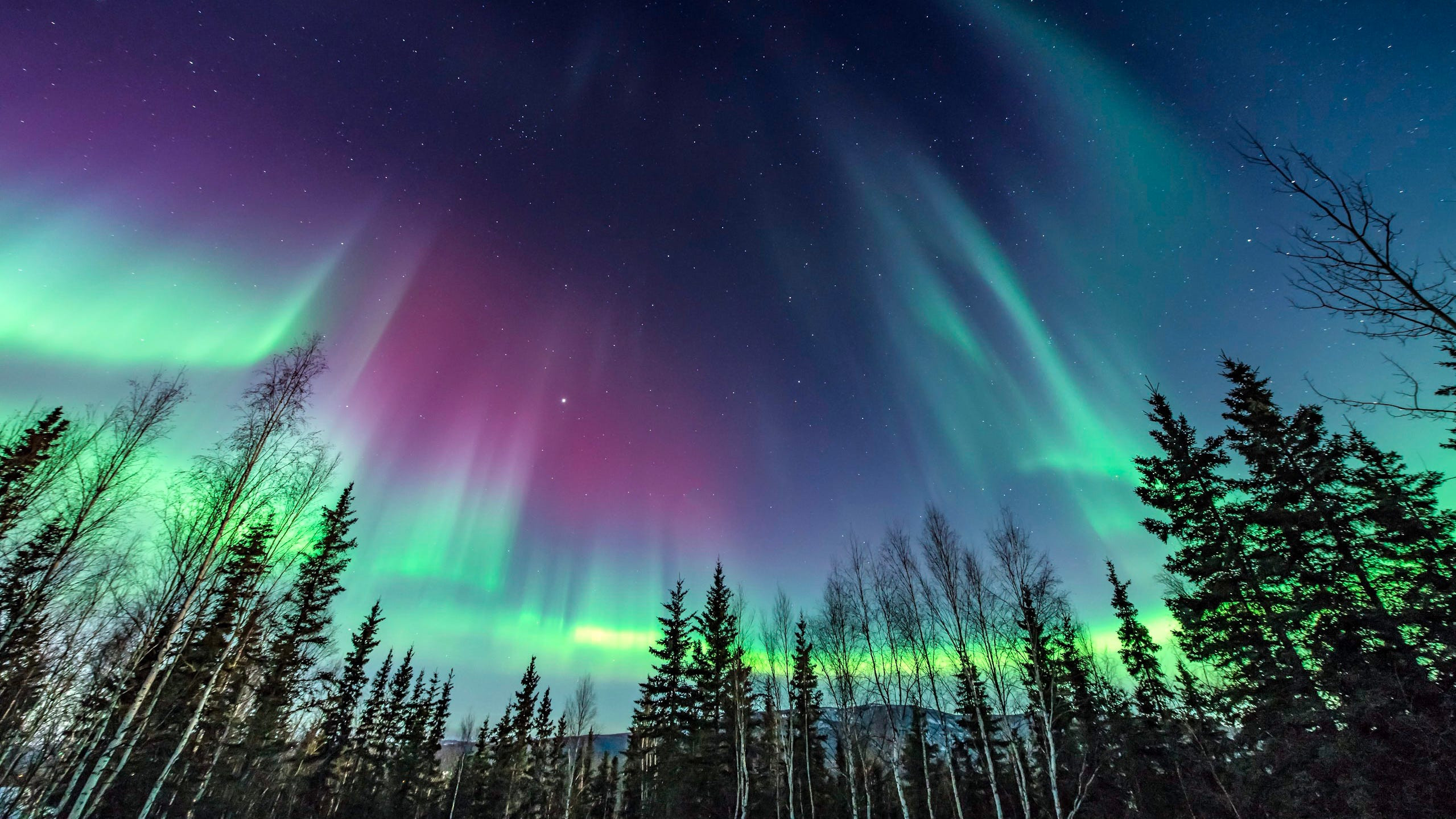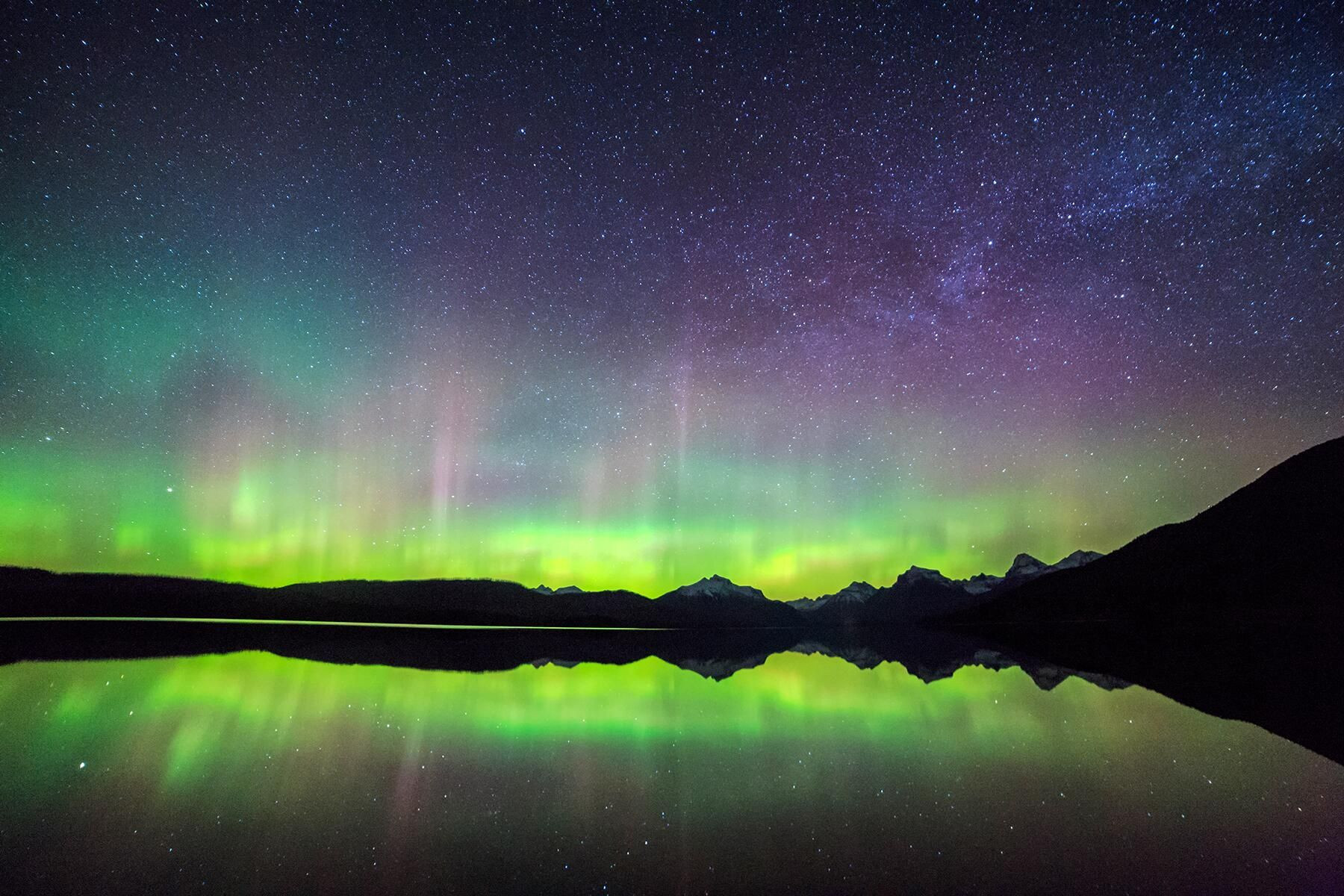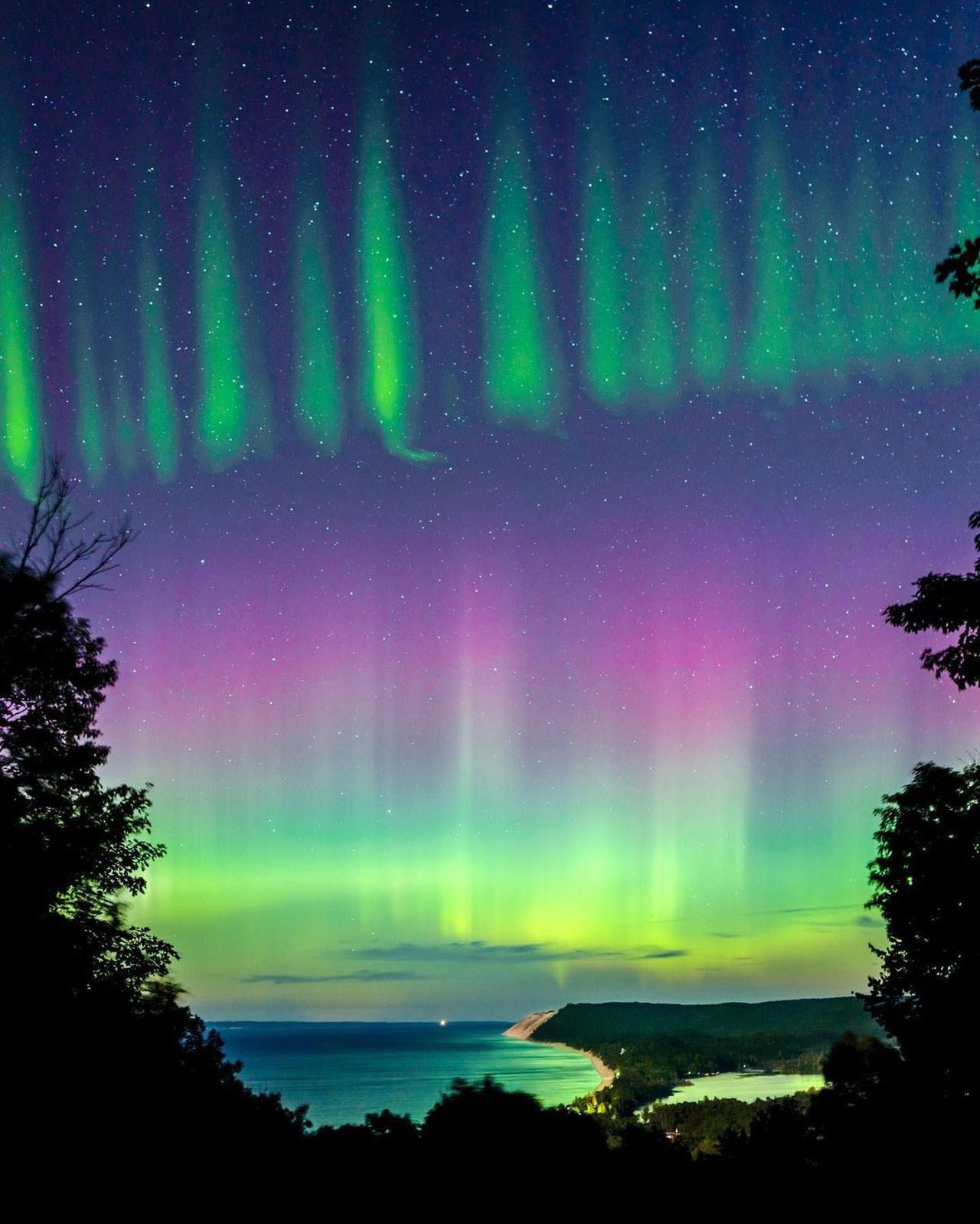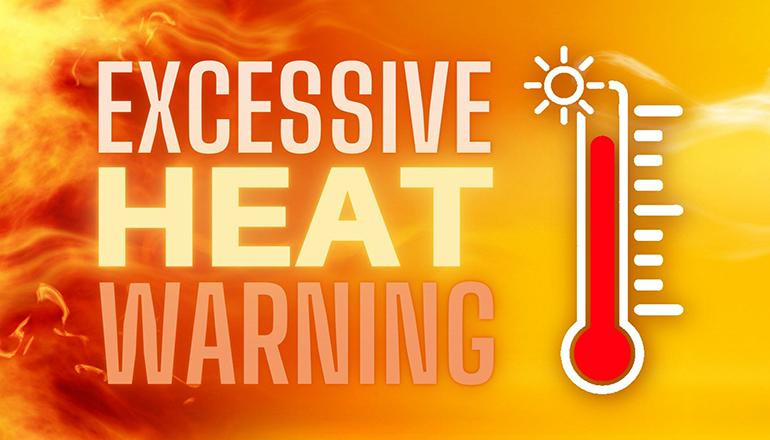Thanksgiving Surprise! Witness the Stunning Northern Lights Across the US This Week!
After a period of relative solar quiet, the sun has sprung back into action, offering skywatchers a spectacular potential treat: a chance to witness the aurora borealis, also known as the Northern Lights, in parts of the continental United States. This celestial display, usually confined to higher latitudes, is predicted to stretch further south thanks to several recent solar flares and coronal mass ejections (CMEs).
Solar Activity and Geomagnetic Storms
The renewed possibility of viewing the aurora borealis at lower latitudes is a direct result of increased solar activity. On Monday, November 25th, an M9.4-class solar flare – a powerful eruption close to the most intense X-class – was detected. This was followed by a CME, a significant expulsion of plasma and magnetic field from the sun's corona. Further adding to the excitement, the sunspot from which this flare originated is rotating towards Earth, increasing the likelihood of more solar flares this week. The forecast includes a G1 (Minor) geomagnetic storm watch for Thursday, November 28th, and a G2 (Moderate) watch for Friday, November 29th. These storms, caused by the interaction of the solar wind with Earth's magnetic field, can drive the aurora further south than usual.
The Science Behind the Lights
The northern lights are a breathtaking natural phenomenon. As charged particles from the sun, carried on the solar wind, interact with Earth’s magnetosphere, they accelerate along magnetic field lines toward the poles. This collision excites atoms in the Earth's upper atmosphere, causing them to emit light, resulting in the vibrant green and red displays we see. Usually, the aurora is observed in polar regions around 70 degrees north and south. However, during intense geomagnetic storms, the auroral oval expands, bringing the spectacle to lower latitudes. This is precisely what forecasters anticipate for parts of the United States.
Where to See the Northern Lights
While the exact extent of the auroral display remains uncertain, the NOAA's Space Weather Prediction Center has provided a forecast indicating potential visibility in various locations. For Thursday, the lights may be visible as far south as New York, Wisconsin, and Washington State. A G2 storm on Friday might even push the visible range further south, perhaps as far as Illinois and Oregon. However, the farther south you are, the fainter the display might be, and you will need exceptionally dark skies to have any chance of seeing it.
Maximizing Your Chances of Seeing the Lights
To increase your chances of witnessing this stunning display, careful planning is key. Light pollution is your biggest enemy, so escaping city lights is crucial. The best viewing locations will be those specifically designed to minimize light pollution, such as International Dark Sky Places, Dark-Sky Preserves, or Starlight Reserves. Consulting a light pollution map to locate an area with a dark northern horizon will also increase your chances. Naturally, the most reliable approach is to venture into the higher latitudes of the Northern Hemisphere, including Alaska, northern Canada, and northern Scandinavia. These regions offer consistent opportunities to view the Aurora Borealis, particularly between September and March when there’s sufficient darkness.
Thanksgiving and Black Friday Aurora Viewing
This year, Thanksgiving and Black Friday may offer an added celestial treat for those in northern U.S. states. The timing coincides with the predicted geomagnetic storms, significantly increasing the likelihood of witnessing the aurora borealis. NOAA's space weather forecasters are optimistic about the potential for sightings. The specific states mentioned in various forecasts include those across the northern border such as Montana, North Dakota, and Minnesota, in addition to areas in the upper Midwest and northeast. However, the presence of a coast-to-coast winter storm with snow and rain in certain areas may hinder visibility.
Tips for Optimal Viewing
Remember, avoiding light pollution is crucial for a successful aurora viewing experience. Escape the city lights and head to a dark location with a clear northern horizon. The best viewing times are generally an hour or two before and after midnight. Even a simple camera can capture the spectacle with the right settings—a wide aperture, high ISO, and focus set to infinity. Smartphones, too, can capture the magic, especially those with night mode capabilities.
A Celestial Spectacle in the Making
The heightened solar activity is not a fleeting event. This period of increased geomagnetic storms coincides with the sun’s current solar maximum, a part of its 11-year cycle. This means that we should see increased chances of more southerly auroras for at least the next year and continuing into early 2026. During solar maximum, the sun produces more sunspots, which are areas of intense magnetic activity. This increased activity leads to a higher frequency of solar flares and CMEs, the drivers of geomagnetic storms and, consequently, the dazzling auroral displays we hope to witness. As the sun continues its activity through the solar maximum, we can anticipate more opportunities like this in the coming year, making the skies above us more vibrant than ever.
Preparing for the Aurora
Whether you're a seasoned aurora hunter or a curious newbie, now is the time to prepare for this potentially unforgettable celestial event. Check NOAA's aurora forecast frequently for updates to ensure you maximize your chances of catching this spectacular show. Prepare for potential changes and possible obstructions due to unexpected weather conditions that might affect visibility.
Remember to dress warmly, bring a warm beverage, and most importantly, keep your eyes on the sky. Happy Aurora Hunting!



















